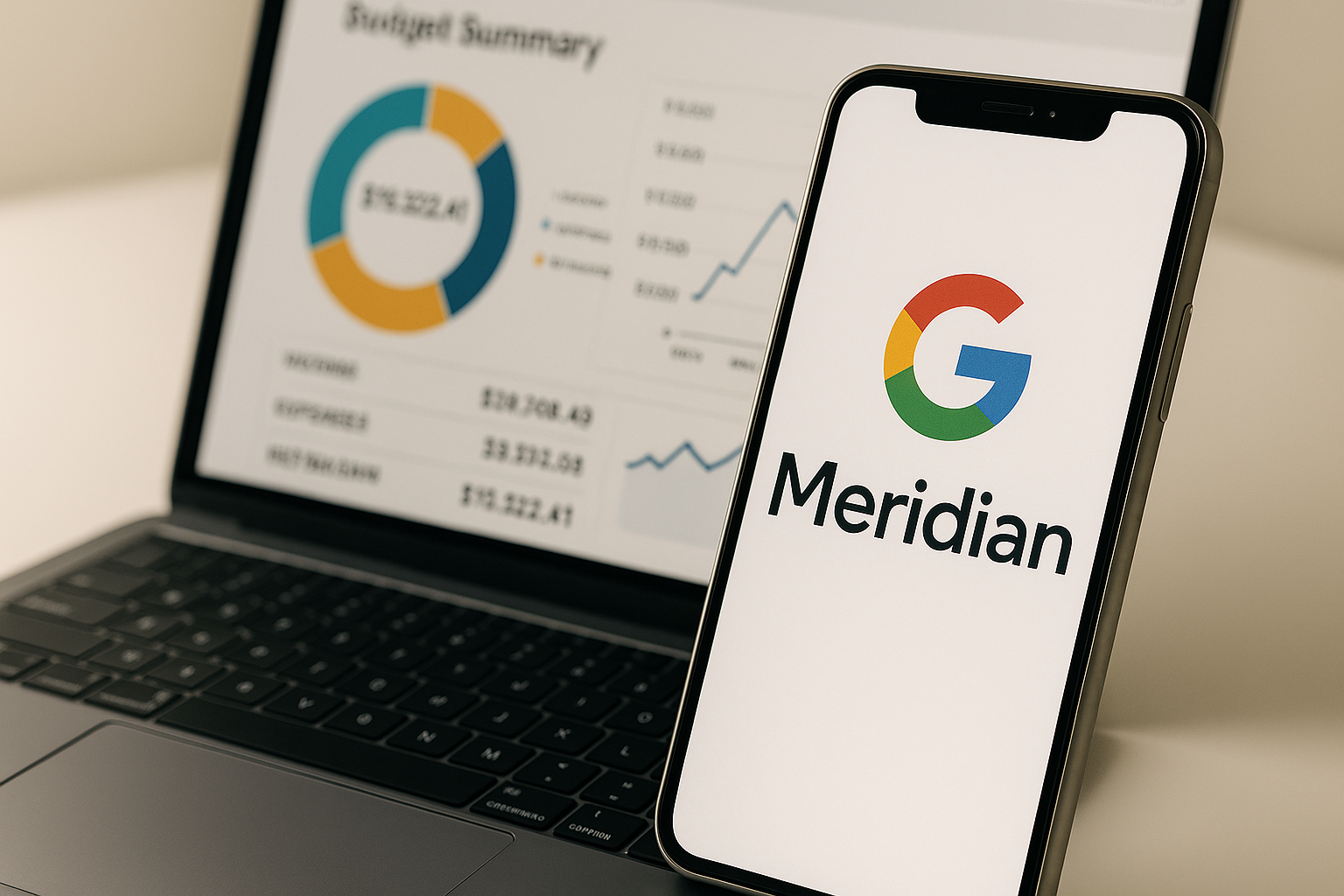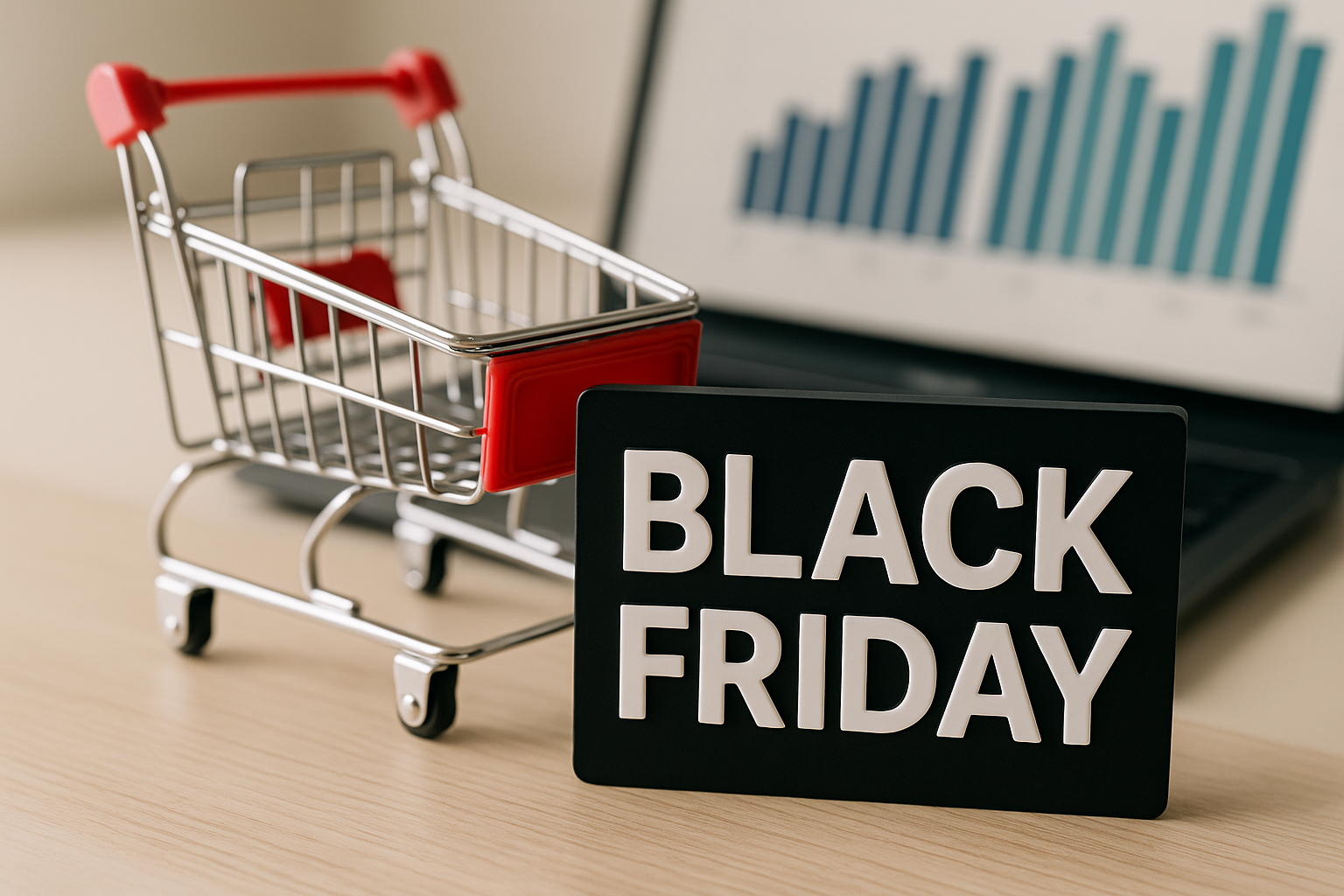
Enes Alperen Baki
May 26, 2025E-Commerce Strategies for Father’s Day: How to Identify the Right Target Audience

Father’s Day is one of those key campaign periods during the year when sales volume sees a significant boost. However, making the most of this opportunity is no longer just about standing out with products or discounts—it now requires understanding consumer expectations and creating an emotional connection with them. In today’s competitive environment, identifying the right target audience has become an essential strategy to make more efficient use of your budget and achieve higher conversion rates.
According to 2024 data, e-commerce revenue in Turkey during the Father’s Day period increased by 32%. The average basket size ranged between 2,500–3,500 TL. Additionally, 67% of consumers stated that they planned to buy a gift for Father’s Day. According to Google’s 2024 data, purchase intent for Father’s Day in the EMEA region increased by 22%. During the same period, brand advertising investments rose by 34%, showing that both consumer interest and brand competition increased simultaneously.
In this article, we will explore step by step how to strategically define your target audience for Father’s Day campaigns from a performance marketing perspective.
1. Target Gift-Giving Users
Although the apparent target of Father’s Day campaigns is the “father” figure, the actual shopper profile driving purchasing behavior is quite different. Most shoppers include:
- Women aged 18–35 (especially daughters and spouses)
- Young adults who value family gift-giving
- Loyal customer segments from CRM data
- Adults shopping for themselves and following campaigns
Therefore, focusing campaign targeting on “gift-givers” not only improves conversion rates but also helps deliver emotionally resonant messages.
? Strategic Insight: Create custom audience groups on Meta Ads and Google Ads using segments like “parents,” “high shopping intent users,” and “users intending to buy gifts.” Retarget users with CRM history through Customer Match, and expand campaign reach with lookalike audiences.
2. Support Demographic Data with Behavioral Segmentation
Demographics (age, gender, income group) are the foundation of targeting. However, to run an effective campaign, it’s essential to incorporate behavioral and psychographic data. On Father’s Day, users generally act according to three different behavior patterns:
- Last-minute shoppers: Sensitive to time pressure; fast delivery guarantee is a key factor.
- Deal-seekers: Stay alert for campaigns and promotions.
- Emotion-driven buyers: Respond well to emotional tone, storytelling, and product connection.
According to Yandex data, 71% of consumers say they remember Father’s Day campaigns better when they see ads on mobile devices, while 53% say they would purchase a product directly within an app. Google data also shows a notable increase in “gift”-themed Father’s Day content views on YouTube.
? Strategic Insight: Use CRM and first-party data to create segments and retarget mobile app users. Use push notifications and personalized banners to stay visible during mobile decision moments. App users are closer to conversion. Meanwhile, users watching “gift ideas” content on YouTube may still be in the inspiration phase. Reaching this audience with video ads helps create strong top-of-funnel awareness and build brand recall in the Father’s Day context.
3. Match Products with Buyer Profiles
Not every product appeals to every customer on Father’s Day. A strategic match between product category and buyer profile is essential. Below are key categories and buyer profiles based on our partners’ data:
Product Category |
Target Buyer Profile |
Clothing / Accessories | Female users (especially daughters) |
Personal Care Products | Spouses, young adults |
Tech Products | Young male users, high-income segments |
Perfume & Shaving Products | Experience-focused consumers |
Dinner / Experiential Gifts | Urban, upper-middle-class users |
Using these pairings in product collections or within campaign navigation not only improves the user experience but also accelerates purchase decisions.
According to Father’s Day insights, categories such as perfume (11.7%), personal care (6.4%), shaving products (5.3%), and experiential dinners (15.3%) stand out in terms of both click volume and ROI.
? Strategic Insight: In your product feed, create special collections tagged “Father’s Day.” Use “Father’s Day Best Sellers” as a separate category in campaign targeting and remarketing lists. Don’t forget to retarget users who visited these pages.
4. Retarget Using CRM and Past Data
Historical campaign data is one of the most powerful tools for identifying users with purchase potential during Father’s Day. User segments you can leverage include:
- Users who viewed or added products from relevant categories to their cart but didn’t complete a purchase
- Users who made a purchase during last year’s Father’s Day campaign
- Customers who bought gifts for men (e.g., personal care, accessories)
- Dormant CRM users with re-engagement potential
The last two weeks before Father’s Day are when purchase volume peaks. Communication during this period should emphasize delivery guarantees, stock status, and limited-time offers.
-
? Strategic Insight:
- Run RLSA campaigns on Google Ads with more aggressive bids for these segments.
- Create lookalike audiences on Meta to expand retargeting.
- Use CRM to send personalized emails like “You bought this last year,” driving both cross-sell and loyalty.
Conclusion
The success of Father’s Day campaigns depends not just on the product itself—but on when, how, and for whom you position that product. The targeting strategies outlined in this article not only help optimize marketing budgets but also deliver real business outcomes.
- Focusing on gift-giver profiles leads to emotionally stronger messaging, resulting in higher click-through and conversion rates.
- Supporting demographic breakdowns with behavioral segmentation enables more personalized, contextual user experiences—boosting cart completion rates.
- Aligning product categories with buyer profiles prevents wasted ad spend and simplifies the path to purchase.
- Using past data and CRM for retargeting lowers acquisition costs and increases customer lifetime value (CLTV).
This kind of segmentation-driven approach allows you to:
- Attract higher-quality traffic at a lower cost
- Engage with purchase-intent users at the right time
- Transform your campaign from a sales push into a brand experience that fosters loyalty
? Still unsure where to start your Father’s Day campaign? Begin by redefining your target audience.
More resources

Data-Driven Budget Management with Google Meridian Integration
As digital marketing investments keep growing, brands want proof that every dollar actually drives o...

Data-Driven Black Friday: Strategies and Tools That Boost Sales
Data-driven Black Friday strategies have become the key to increasing e-commerce sales. Instead of f...

TikTok and Comparison Sites in the Financial Sector
Opportunities offered by alternative channels in the finance sector are increasing. Thanks to innova...

